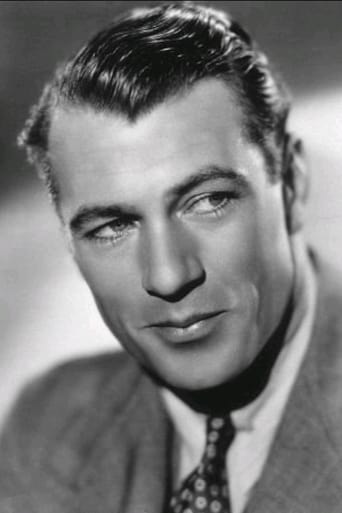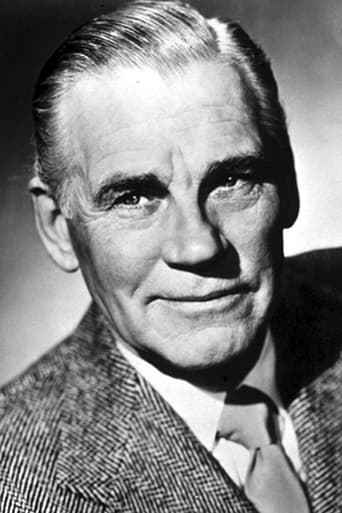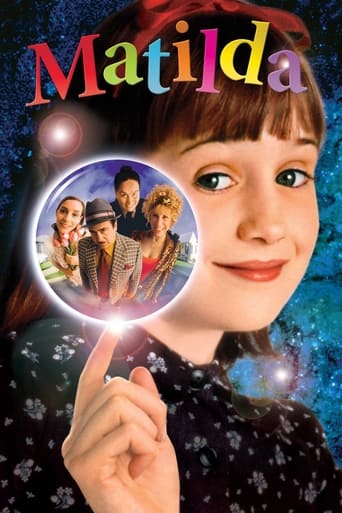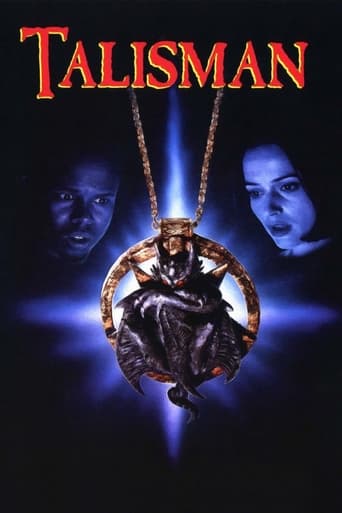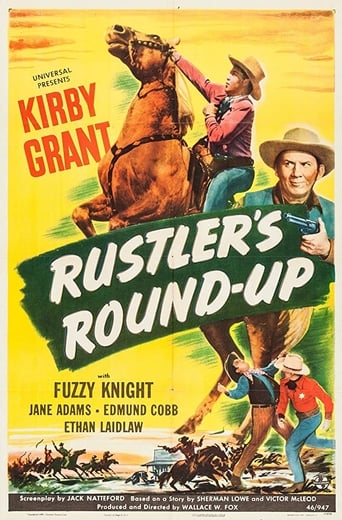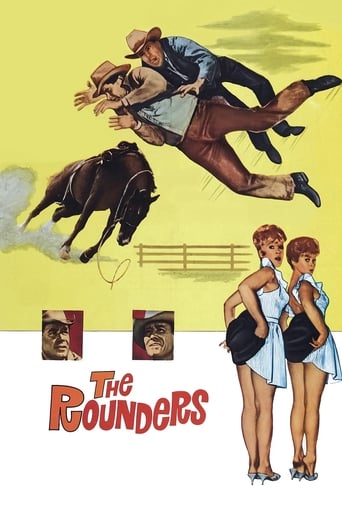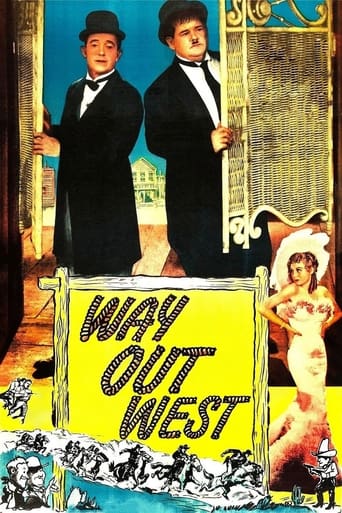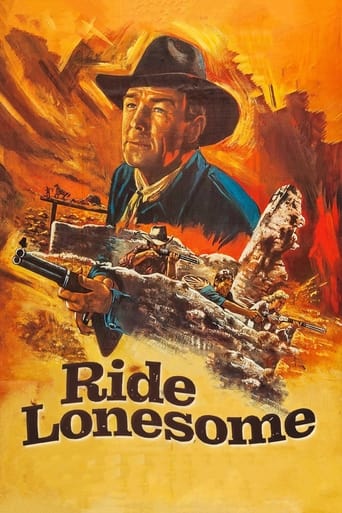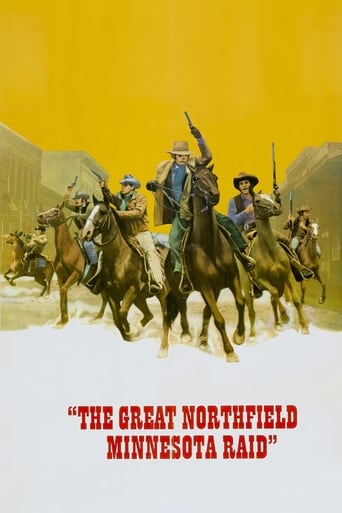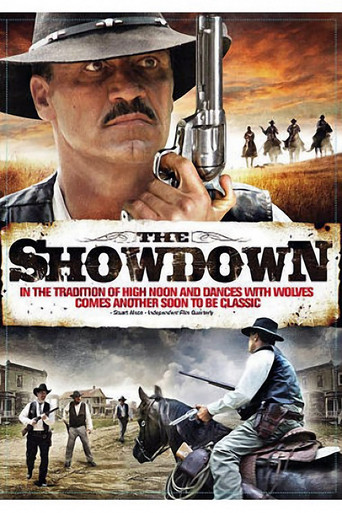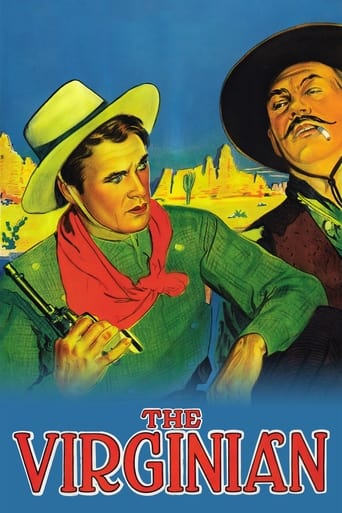
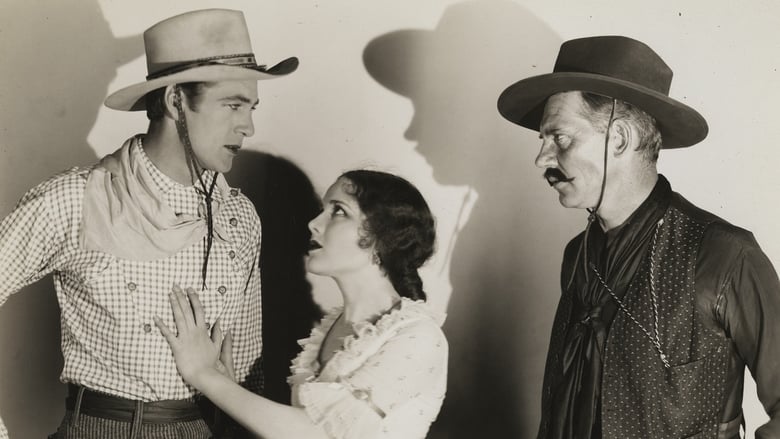
The Virginian (1929)
A good-natured cowboy who is romancing the new schoolmarm has a crisis of conscience when he discovers his best friend is engaged in cattle rustling.
Watch Trailer
Cast


Similar titles
Reviews
Yawn. Poorly Filmed Snooze Fest.
Too much of everything
Plot so thin, it passes unnoticed.
The thing I enjoyed most about the film is the fact that it doesn't shy away from being a super-sized-cliche;
For his initial all-talking movie, Victor Fleming directed Gary Cooper in a rousing version of The Virginian (1928). Although Cooper's account of the title role was both charismatic and convincing, acting honors were stolen by Richard Arlen, of all people, as the hapless Steve. Walter Huston as the evil Trampas also overshadowed Cooper. Mary Brian's somewhat colorless heroine proved no match for the male trio, although she did come into her own at the climax. Eugene Pallette and Chester Conklin were on hand for comedy relief, but fortunately this angle was not overplayed. Fleming not only kept the comedy under control, but accentuated the drama by adopting a remarkably free-wheeling style. In fact, Fleming emerges as one of the few major directors who was not frightened by sound, but continued to handle the script in a thoroughly filmic - rather than a stagy - fashion. (Formerly available on a 9/10 VintageFimBuff DVD).
I have to admit, the Western genre usually isn't up my alley, but this one grabbed me when I saw it as a teenager on Christmas break in 1973, and so when I saw it was for sale on DVD-R I bought a copy. My memories did not deceive me - it is still a very good Western whose technique is seemingly unencumbered by the youth of sound technology in 1929.Some things are rather obvious Western clichés, such as the fact that the hero - The Virginian (Gary Cooper) - is always wearing a white hat and generally a light colored shirt. Trampas (Walter Huston), the villain, is always wearing a black hat and black shirt and has a kind of Yosemite Sam black mustache that is so large and cartoonish that Walter Huston is almost unrecognizable underneath it. Steve (Richard Arlen), the Virginian's friend, starts out wearing gray looking clothing. This indicates Steve is no hero but not an outright villain either - he just longs for some easy money. He wears more and more black as Trampas seduces him with the possible big scores of cattle rustling. Then there's the famous line "Smile when you say that" uttered by the Virginian to Trampas. Many people think that line originated here, but it was used in westerns before this. Among those that still exist there's 1925's "Go West" with Buster Keaton being given this command and who would comply if only his facial muscles would let him.However, Paramount, the studio that in the early talkie era employed Lubitsch, Chevalier, and Dietrich and made so many sophisticated precodes was also capable of making one of the best of the early sound westerns. The emotions here are real - including the hanging of some rustlers, some who meet their end with courage and others who meet it with cowardice. Those hanging them are without malice - it is just something they have to do or else they'd be overrun by the lawless and starve to death.Civilized America is symbolized by schoolmarm Molly Stark (Mary Brian), imported from Vermont to teach the pioneers' children and increasingly horrified by the savagery of the place. She just doesn't get that you can't expect some imaginary police force to come to your rescue. The romance between her and the Virginian has many parallels in "High Noon" made 23 years later.Not to say this one is all serious though, there are plenty of laughs to be had especially in the first half of the film. Especially charming and funny is the scene where Molly and the Virginian discuss Romeo and Juliet with the Virginian giving insight into the soul of a pioneer with his interpretation of the story. Then there's Eugene Palette as a cowpoke. Palette like Cooper had been around during the silent era, but the coming of sound increased their value as performers. I'd recommend this to fans of the early talkie whether Westerns are normally of interest to you are not. This is really a good and interesting film.
Trampas:"I'd tell you something if I'd wanted you to know you long-legged son of a-" The Virginian:(pulls his gun) "When you say that to me,smile!" Trampas:(smiles) "When there's a gun next to my belly, I...I always smile! Ha, ha, ha, ha!" This is one of the most legendary lines in Western movie history as exchanged between Gary Cooper and Walter Huston (Cecil B. DeMille's 1914 version also has a variation of this dialogue in the intertitles). The story of a ranch foreman who has to hang his best friend Steve for stealing cattle under Trampas and the schoolmarm Molly who loves him is still a compelling story to tell for the early talkie era though it might seem old-fashioned today. There is, however, an interesting exchange between the schoolmarm (Mary Brian) and an old pioneer woman (Helen Ware) about violence vs. pacifism that still seems relevant today no matter if you're conservative or liberal. Cooper is a natural in his talkie debut as is director Victor Fleming with live outdoor filming. Walter Huston is great as the villainous Trampas. There are some interesting musical interludes at the beginning and interesting dialogue between Cooper and Brian about Romeo and Juliet. There's also the amusingly gravelly voiced Eugene Palette as Honey, one of Cooper's friends. If you're a fan of early talkie westerns, by all means seek this one out!
"The Virginian" is one of the first well-known western "talkies." Released in 1929 and starring Gary Cooper who later became one of the great heroes of the western genre, this movie contains all of the archetypal elements of classic western films. There is a lone hero who answers to his own moral code defined by his environment(the frontier). A "schoolmarm" from out East comes to civilize the West through education, and her values come into conflict with the hero she falls in love with. And there is a villain who abides by no moral code, who must be defeated by the hero to uphold his honor and his values.The classic representations of good and evil through black and white are used extensively and effectively in this film. Cooper always wears white, the villain(Huston) always wears black. However, the most morally ambiguous character, Cooper's friend Steve, always wears a mixture of the colors, and as he continues down a dark path, his colors become darker and less ambivalent.This is a pretty good movie, particularly the hanging scene, the shootout at the end, and basically any interaction between Cooper and Huston. What makes the movie even more entertaining and fascinating to watch is its context. This movie is considered to be one of the very first westerns to represent the classic elements of the western genre, and its influence on later westerns is quite clear. For film students and fans of the western genre alike, this is a fun film to watch and thoroughly enjoyable. (Note: very interesting comparisons can be made to later westerns, particularly "Shane" and another Cooper film, "High Noon")


